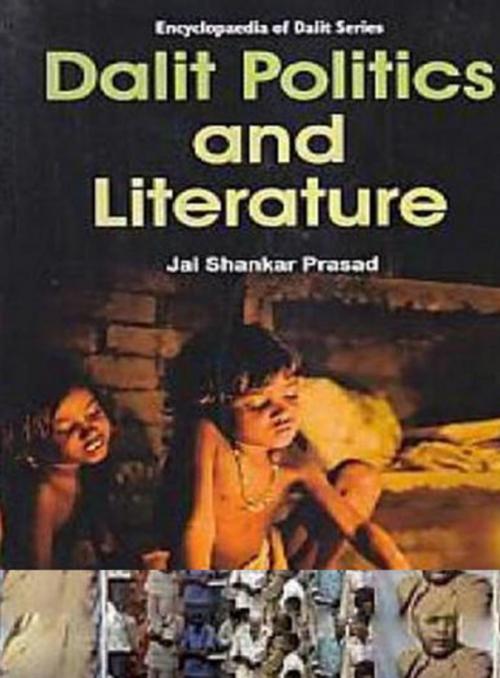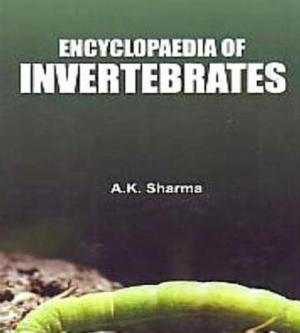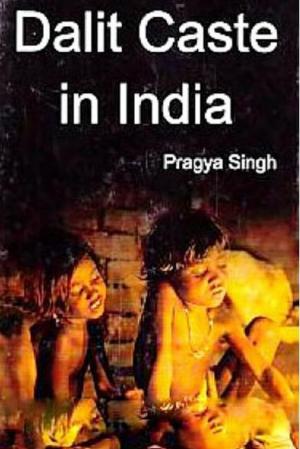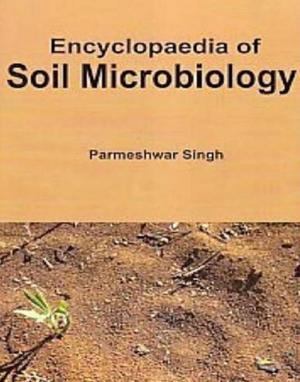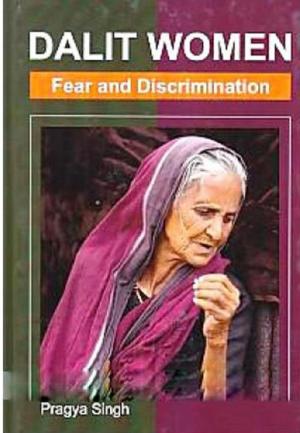| Author: | Jai Shankar Prasad | ISBN: | 9789388034654 |
| Publisher: | Centrum Press | Publication: | June 30, 2017 |
| Imprint: | Centrum Press | Language: | English |
| Author: | Jai Shankar Prasad |
| ISBN: | 9789388034654 |
| Publisher: | Centrum Press |
| Publication: | June 30, 2017 |
| Imprint: | Centrum Press |
| Language: | English |
The last quarter of the Twentieth Century reflected tremendous changes in the Indian Political System and represented political assertions by new social forces. Dalit literature, or literature about the Dalits, an oppressed Indian caste under the Indian caste system, forms an important and distinct part of Indian literature. Dalit literature emerged in the 1960s, starting with the Marathi language, and soon appeared in Hindi, Kannada, Telugu and Tamil languages, through narratives such as poems, short stories, and, most , autobiographies, which stood out due to their stark portrayal of reality and the Dalit political scene. The Dalit movements in India have occupied significant place in the history of social movements as well as in the discourse of social sciences. These movements have addressed numerous issues that facilitate to understand and analyse Indian polity. The literary expression of political consciousness and movements among or for the Dalits in North India is the new emerging trend. Although both Dalit politics and Dalit literature employ the same appellation ‘Dalit’ to represent their politically assertive, low-caste identity, both look at Dr Ambedkar as their inspirational leader and both claim to be fighting for social equality for Dalit. This book tries to explore how Dalits in north India have used literature as a means of protest against caste oppression.
The last quarter of the Twentieth Century reflected tremendous changes in the Indian Political System and represented political assertions by new social forces. Dalit literature, or literature about the Dalits, an oppressed Indian caste under the Indian caste system, forms an important and distinct part of Indian literature. Dalit literature emerged in the 1960s, starting with the Marathi language, and soon appeared in Hindi, Kannada, Telugu and Tamil languages, through narratives such as poems, short stories, and, most , autobiographies, which stood out due to their stark portrayal of reality and the Dalit political scene. The Dalit movements in India have occupied significant place in the history of social movements as well as in the discourse of social sciences. These movements have addressed numerous issues that facilitate to understand and analyse Indian polity. The literary expression of political consciousness and movements among or for the Dalits in North India is the new emerging trend. Although both Dalit politics and Dalit literature employ the same appellation ‘Dalit’ to represent their politically assertive, low-caste identity, both look at Dr Ambedkar as their inspirational leader and both claim to be fighting for social equality for Dalit. This book tries to explore how Dalits in north India have used literature as a means of protest against caste oppression.
